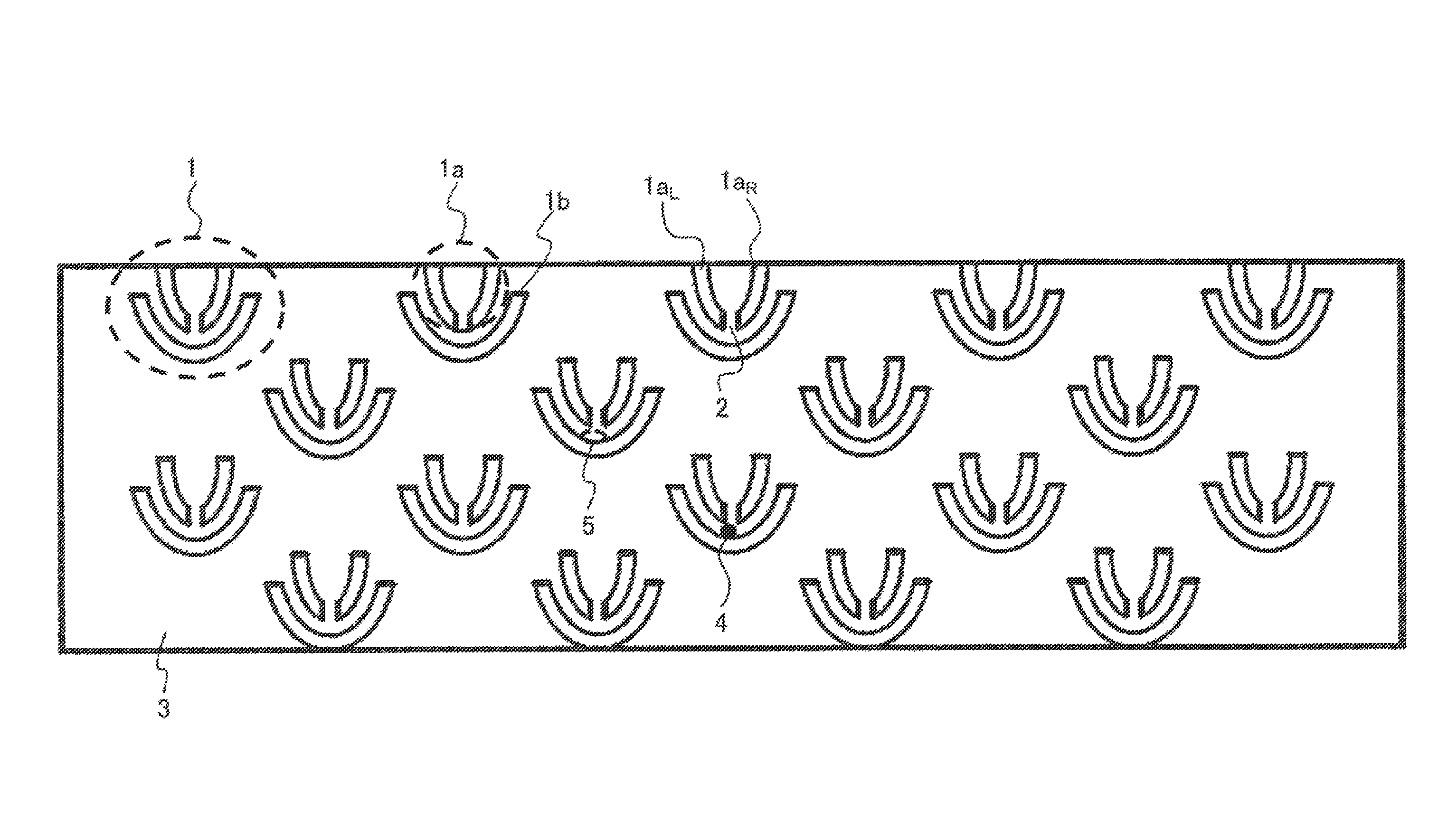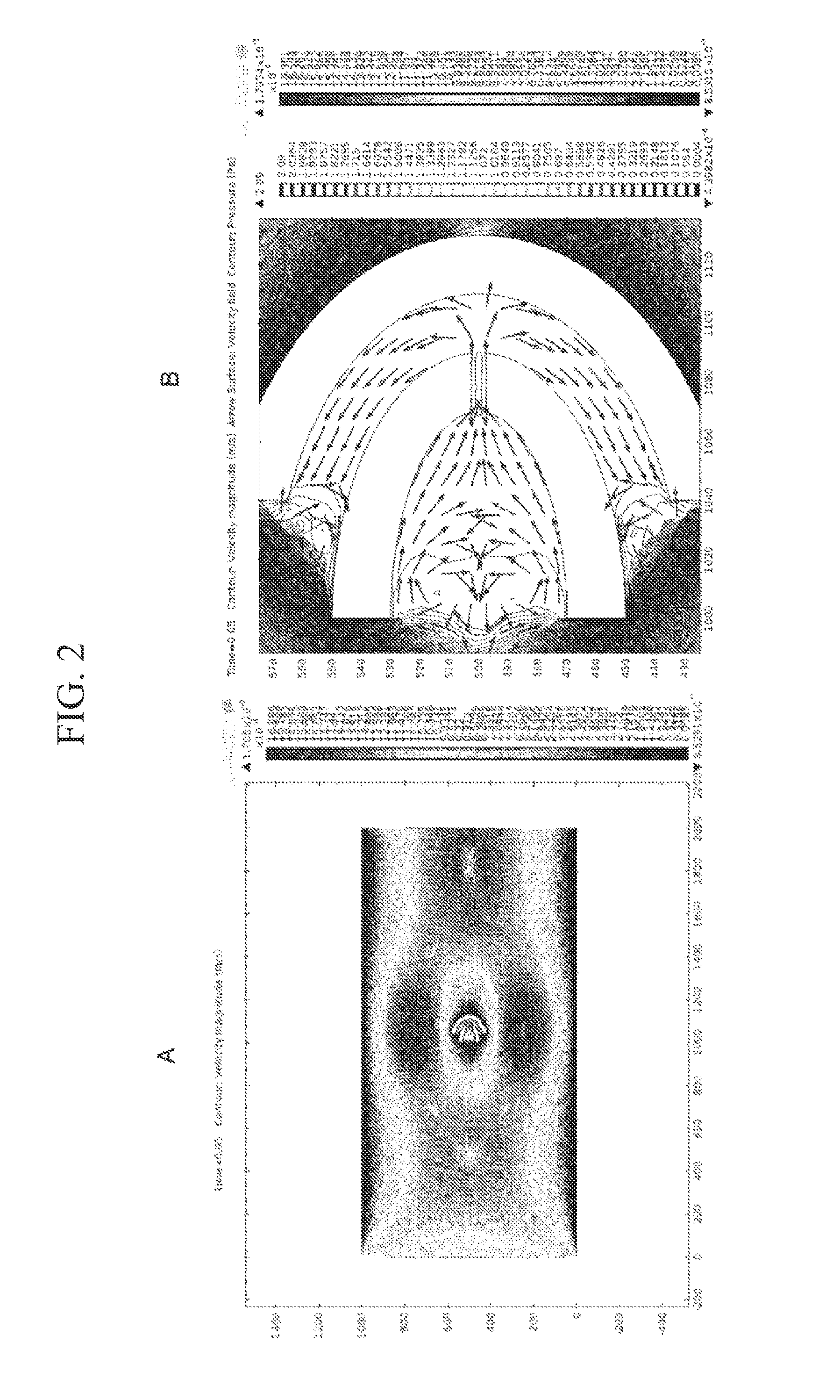Flow cell, analysis equipment and analysis method using same
a flow cell and flow technology, applied in the field of flow cells, can solve the problems of difficult identification of the same bio-related substance, irregular position of bio-related substances, and difficulty in control
- Summary
- Abstract
- Description
- Claims
- Application Information
AI Technical Summary
Benefits of technology
Problems solved by technology
Method used
Image
Examples
Embodiment Construction
[0051]In the following, embodiments of the present invention will be described with reference to the drawings. The present invention can be generally applied to an analysis device of a system such that a plurality of bio-related substances are placed at single and independent positions for analysis. In the following, an example in which the present invention is applied to a bacterial analysis will be described.
[0052]FIG. 1 is a schematic diagram of an example of trapping structural members according to the present invention. The trapping structural members 1 are structural members including a pair of a structural member 1a with a slit and a structural member 1b without a slit, and a plurality of the trapping structural members 1 are disposed. The structural member 1a with a slit includes a left side 1aL, of the structural member with a slit and a right side 1aR of the structural member with a slit, with a slit 2 disposed between the sides. A solution (not shown) containing bio-relat...
PUM
| Property | Measurement | Unit |
|---|---|---|
| size | aaaaa | aaaaa |
| lengths | aaaaa | aaaaa |
| lengths | aaaaa | aaaaa |
Abstract
Description
Claims
Application Information
 Login to View More
Login to View More - R&D
- Intellectual Property
- Life Sciences
- Materials
- Tech Scout
- Unparalleled Data Quality
- Higher Quality Content
- 60% Fewer Hallucinations
Browse by: Latest US Patents, China's latest patents, Technical Efficacy Thesaurus, Application Domain, Technology Topic, Popular Technical Reports.
© 2025 PatSnap. All rights reserved.Legal|Privacy policy|Modern Slavery Act Transparency Statement|Sitemap|About US| Contact US: help@patsnap.com



